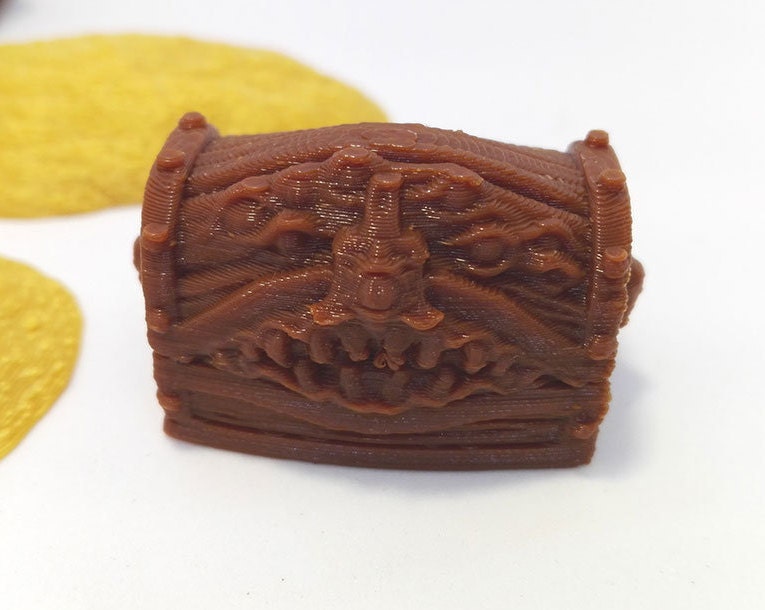

Dodge toward Barroth's sides to avoid getting hit by this attack. Bite Attack Variationsįorward Chomp: Barroth walks forward as it forcefully bites down on the hunter. There are two variations of bite attacks. Muddy Head Slam: Barroth winds up its head slam for longer before slamming it down with added force, dealing extra damage and causing mud to scatter in front of the monster.īarroth uses its massive mouth to quickly bite at the hunter, dealing moderate damage and potentially causing them to trip. Quick Head Slam: Barroth rears its head back before slamming it down with force, dealing moderate damage and knocking hunters back on contact. There are two variations of head slam attacks. This attack has multiple variations.īarroth performs a side tackle that also scatters mud piles toward the direction it attacked.īarroth shakes its muck-covered body around to scatter mud piles around the area.īarrioth performs a quick side chomp before slamming its head on top of the hunter, scattering mud in front of it.īarroth curls up and lets out a train-like hiss before furiously charging at its target, dealing heavy damage.īarroth can use its head as a hammer, slamming it on top of hunters that stray too close to its front. This attack has multiple variations.īarroth can use its tail to knock hunters away from its rear and cause mud to scatter around the area. This attack has multiple variations.īarroth uses its massive mouth to quickly bite at the hunter, dealing moderate damage and potentially causing them to trip. Nameīarroth can use its head as a hammer, slamming it on top of hunters that stray too close to its front. The forward bite in this combo comes out quickly and can catch careless hunters off guard, so always stay alert when positioning near Barroth's mouth.īarroth uses the following attacks in Low and High Rank quests. Tail Slam and Chomp Combo: Barroth performs a quick tail slam before suddenly chomping forward, dealing with hunters that assault it from both the front and the back. Tail Slam and Chomp Combo Placeholder Attack Information Nameīarroth performs a quick tail slam before suddenly chomping forward. If they ask, you could confirm that the kobolds are actually crossing one at a time, so each kobold waits a fraction of a second for the kobold in front to cross.In addition to its attacks in Low and High Rank quests, Barroth uses the following new attack in Master Rank. Can we save him in time?ġ Note the words used in the description - this is what you'd tell the players.


These also work well for set-piece battles of the form "Julius the fighter is bleeding to death at the bottom of a pit, but there's a bunch of floury kobolds attacking us. These should be the traps, like the one in the thread given, where players have a chance to evade all damage without even rolling - so long as they use their brains. Maybe there's one or two traps that should do outlandishly high damage. That's, like, darts, knives, spikes in the floor. Don't announce that a scythe swings out of the wall at blinding speed into someone's neck, doing 1d4 damage.

The only thing to check when you've set the trap damage by what your party can handle is that there's some internal logic involved. Fourth? Well, 1d10, 3d6, 5d6 are all fine. First level characters? I guess the traps do 1d4 or 1d6 damage. By that I mean: mostly, you'll be fine to just meta-game your trap damage. The DCs should probably be 10-14, depending on level, and the damage should absolutely take into account the rest of the situation. You could think of weirder traps to use other saves: like a Cha save to resist happy gas, or an Int save to close your eyes and hold your breath as you run through an acid smog. Lastly, on save type, DC and damage: usually dodging a trap is a Dex save. Kobolds don't need to worry about tripping these, but most of a normal party does and going prone to go under these traps lets the kobolds run in with advantage. Halflings, gnomes etc could cross one at a time without trouble.īlades, poison darts, so on, should attack the party at shoulder height on a Medium creature. They flex and bend as the kobolds run over in single file 1 - they will snap if a Medium creature runs over them. So the trigger for most traps kobolds build, or the effect of tripping it, should be weight or size related.įor example, one could have wooden boards over a pit trap. I suggest that the big differences between kobolds and most things kobolds build traps for are size and weight. Let me try to fill in the blanks with saving throws, damage, and trap design. The thread linked seems to answer a good deal.


 0 kommentar(er)
0 kommentar(er)
